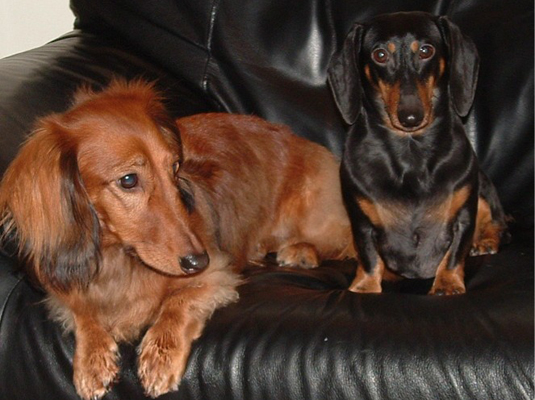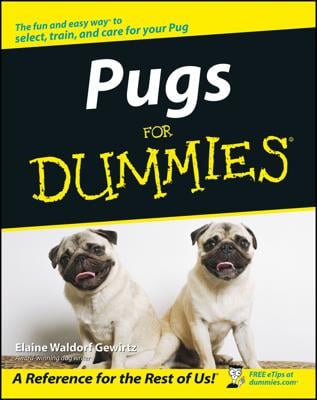When most people think of Dachshunds, they picture a Standard dachshund, but Miniature Dachshunds are quickly gaining in popularity. Understanding the characteristics of Miniature Dachshunds is crucial to deciding whether the Mini Dachshund is the right dog for you.
When it comes to Dachshunds, it is important to remember that size matters. The AKC (American Kennel Club) separates dachshunds into two size groups for competition. Miniatures are 11 pounds and under at 12 months of age and older; Standards are over 11 pounds, usually falling between 16 and 32 pounds.
In Europe, Dachshunds officially fall into three sizes: Standard, Miniature, and Rabbit. These sizes are determined not by weight, but by chest circumference. Rabbits are what Americans would consider the smallest Miniatures.

Love cats? Miniature Dachshunds make great cat companions — as long as you introduce the two carefully and give each pet its space until they accept each other.
Deciding between a Standard Dachshund and a Mini is a very personal choice, but when you're weighing your options you need to keep the following characteristics of the miniature dachshund in mind.
-
If you have an apartment, a Miniature is great because it can fulfill much of their exercise needs inside the house.
-
If you have a lot of stairs, you might want to think twice. You'll need to help them going up and down stairs because their backs are so prone to injury.
-
Minis have a lot of energy and love to exercise, but think about how short their legs are. They may not be able to keep up with you for long walks!
-
Minis bark—a lot. So, if you really, really hate barking, you may be better off with a Standard (although all Dachshunds like to bark, really).
Miniature Dachshund puppies are very small, and fragile. If you have a Mini puppy around, watch where you step and sit. Also, never let a mini jump out of your arms; this could result in a back injury or even a broken leg.
-
Minis eat les; consequently food bills will be smaller.
-
If you have young children, you're probably better off with a Standard. Because of their size, minis can be easily hurt; unfortunately, children have a hard time understanding just how delicate they are.
-
Likewise, Minis have little patience for the kind of poking, prodding, and pulling; they have been known to injure a small child if they lose patience. Parents should never leave dogs and small children together unsupervised.
-
Miniature Dachshunds are easily paper-trained, which can eliminate the need to go outside at all, which is an advantage for people who are housebound or who live in apartments.
-
If cost is a concern, Minis often have lower vet bills—because of their small size they require less medication.
Unofficially, many people call Dachshunds between 11 and 16 pounds tweenies, because they're between the two preferred Dachshund sizes. Tweenies don't exactly fit into the breed standard for show dogs, but as a pet, the tweenie is a wonderful size — not too heavy, not too fragile.
Whatever size you choose, a Dachshund is a Dachshund — challenging and fun, full of mischief, and brimming with love for you (yes, even when he tips over that trash can).

